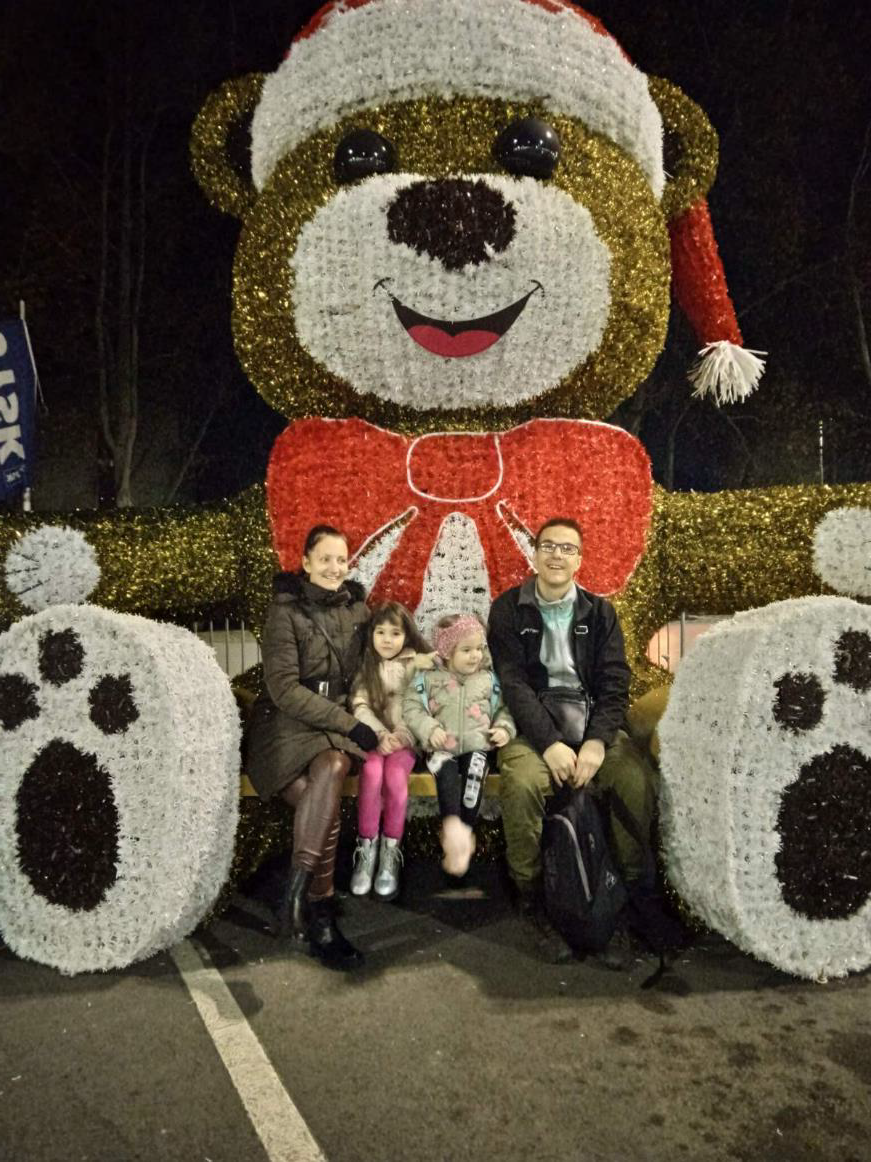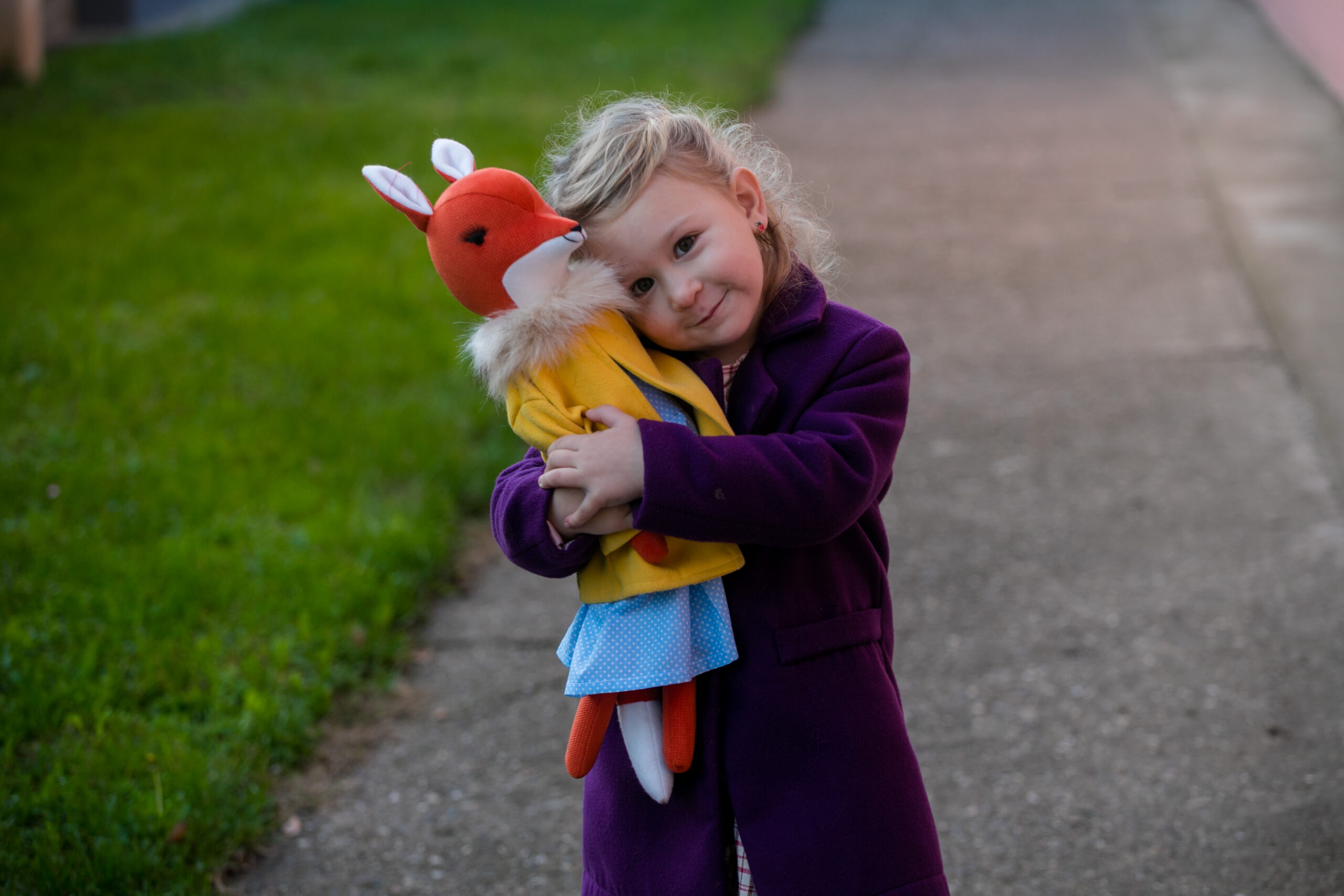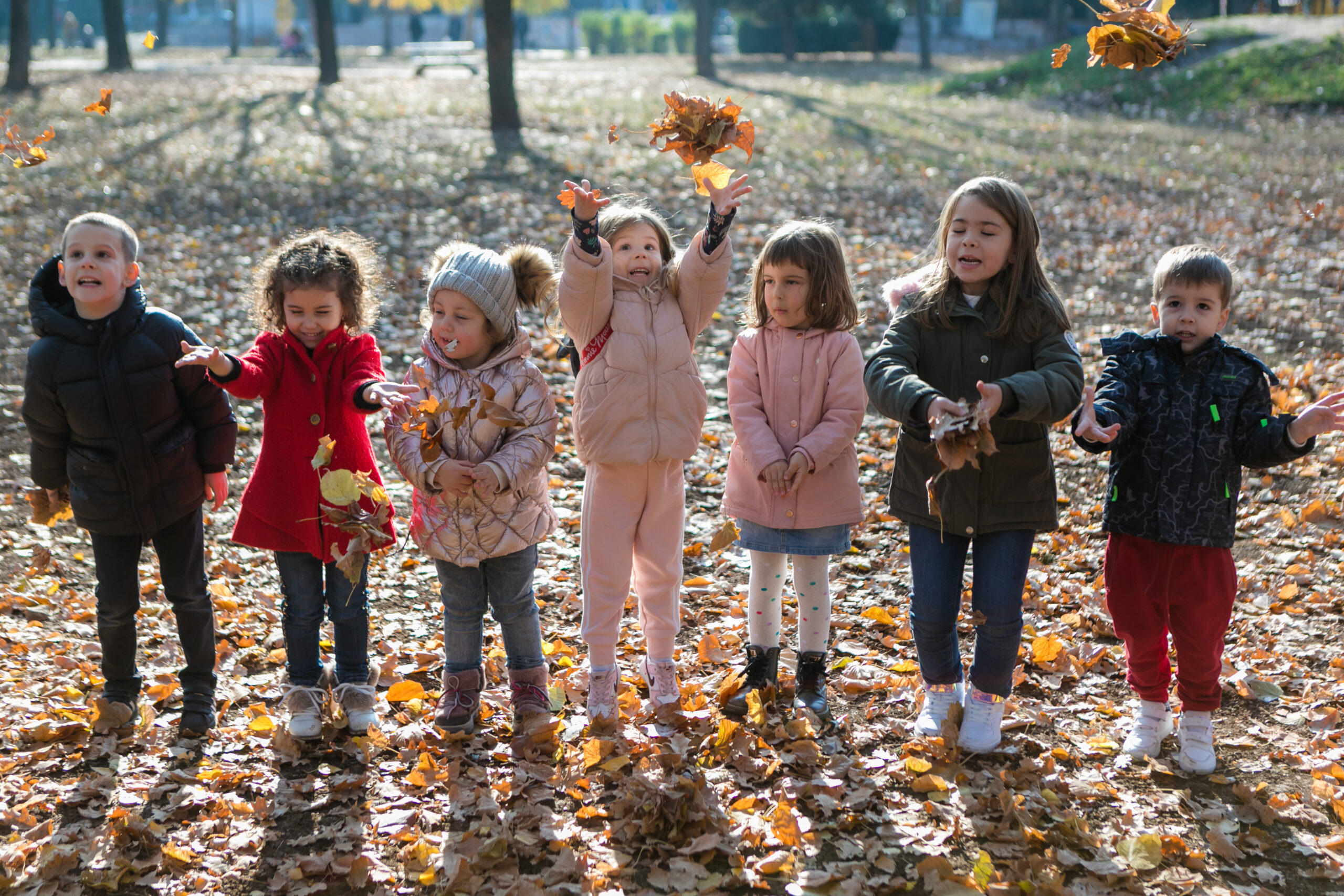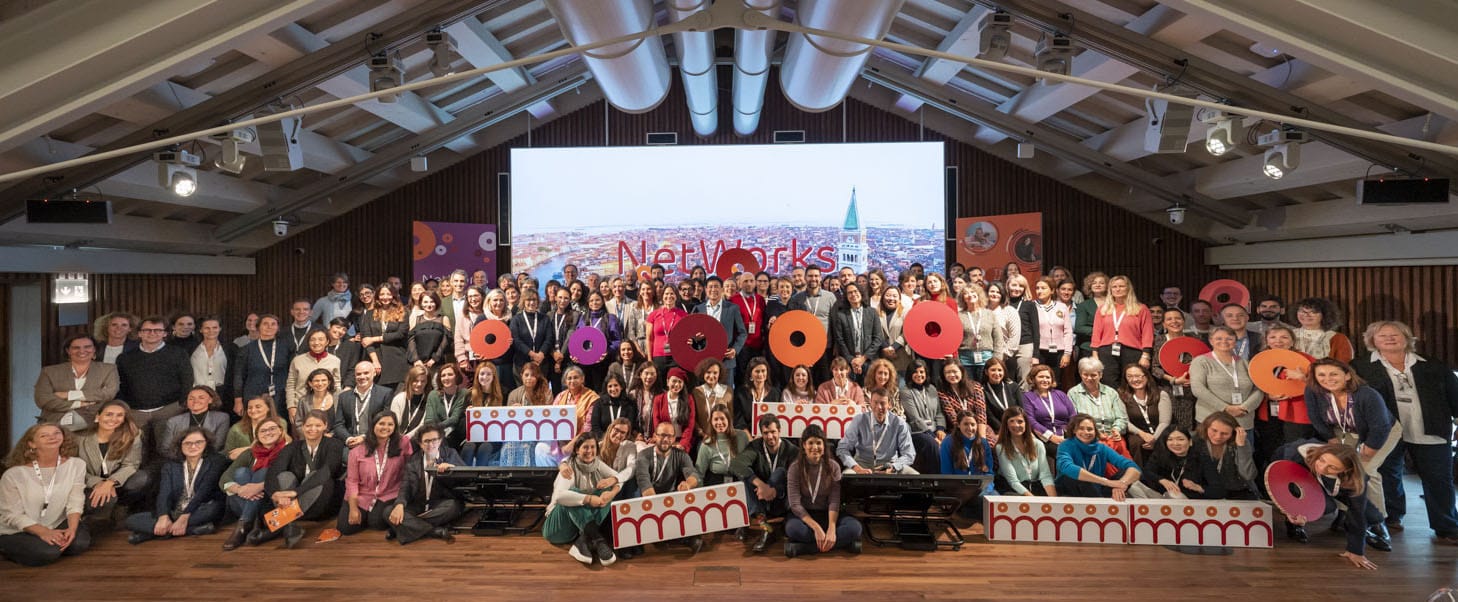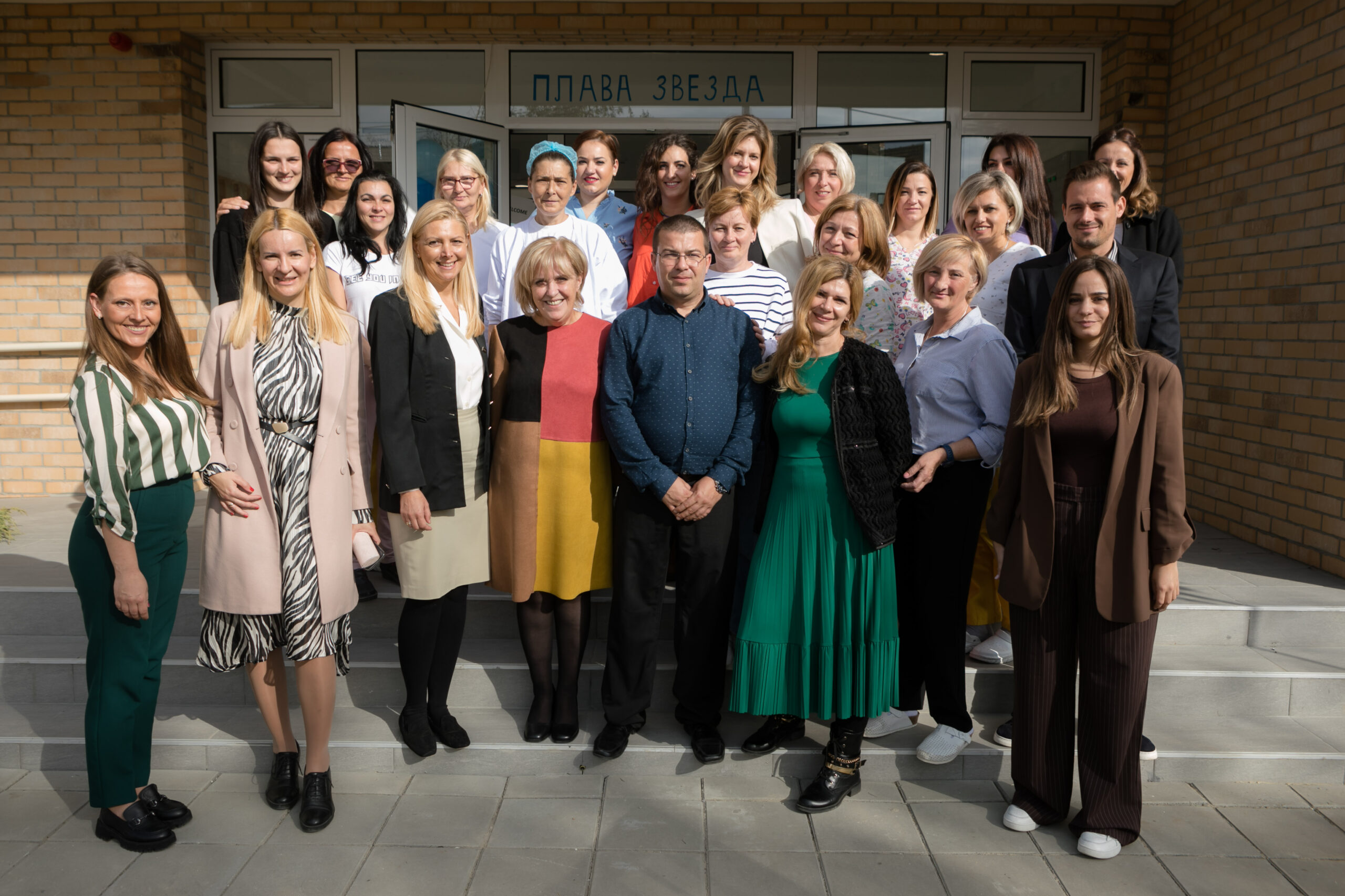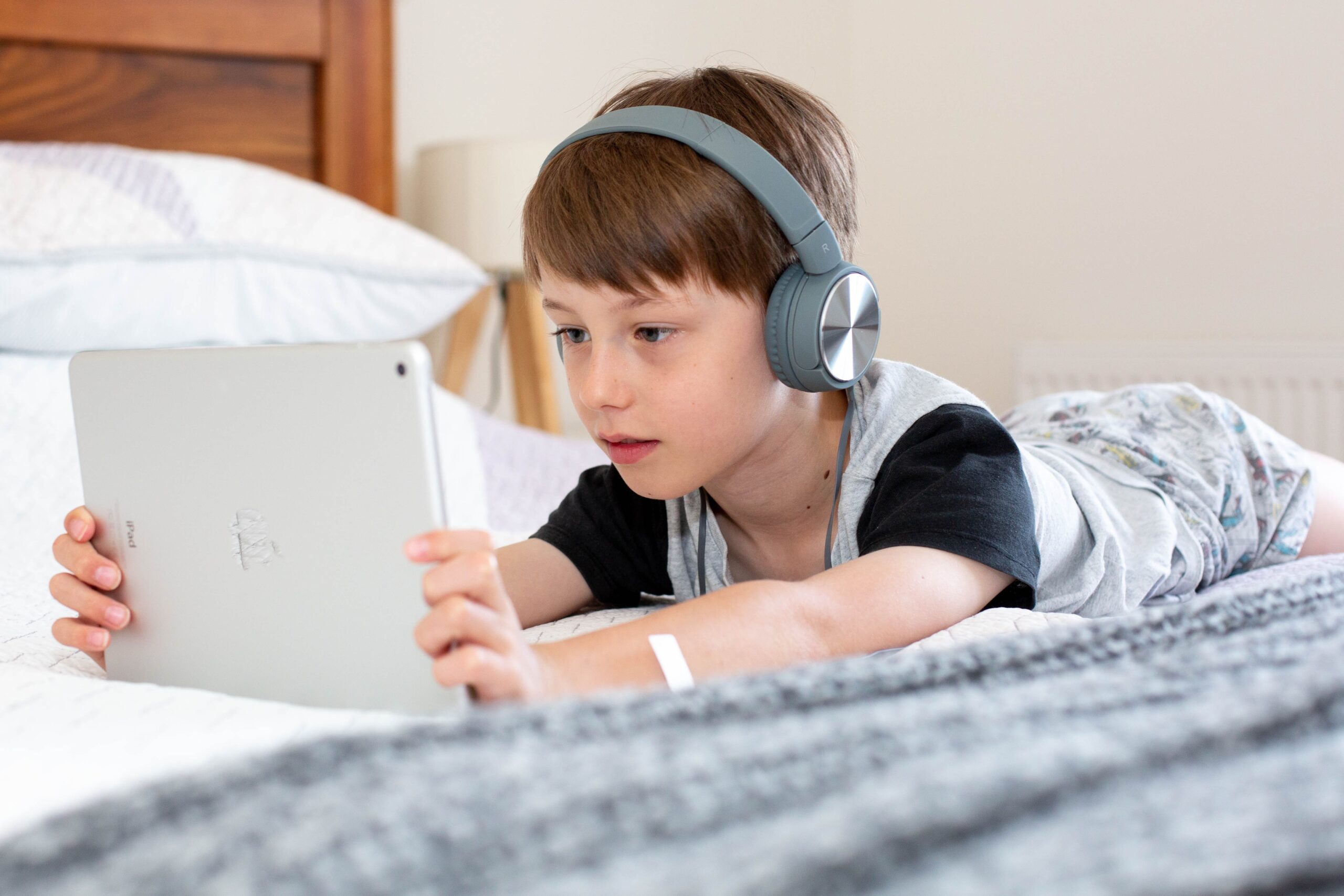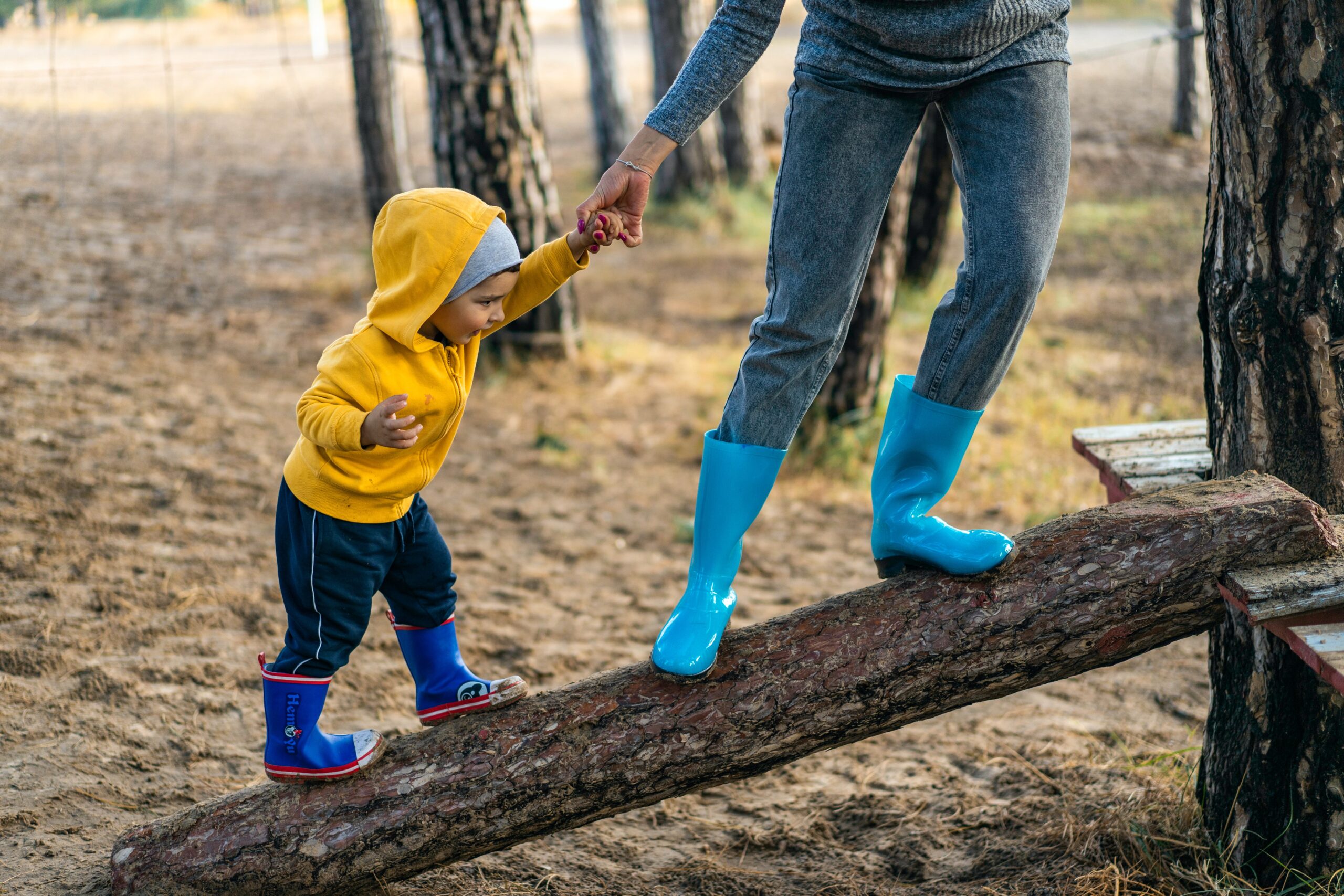[dropcap]I[/dropcap]n my previous blog I wrote about how by reading stories to your children, you’re establishing a learning relationship with them. Stories grasp children’s attention and imagination and lend themselves to exploration, adaptation, and play. Today I will share with you more tips and tricks on how can you support your child’s social and emotional learning during the quarantine.
Take the learning off the page wherever possible
I’m sure we all remember periods of learning where we sang, acted, worked with peers, participated in sport, etc. far more than we do times spent sitting at desks and learning statically. This is because we were actively involved in the learning process. When we consider this personal experience, we can use it to motivate us to DO, to create – to build, draw, craft, bake, rhyme, sing, act, dance, etc. In doing so, try to bear in mind that the focus should always be on the process and not the end product. Our primary interest is not perfect artwork, crafts, or precise yoga poses. What we’re interested in is mixing the dough, moving the body, belting out the song, and learning together!
When one lets go of the outcome and is truly focused on the process of learning, it is far less stressful for both/all parties. And it allows everyone involved to be fully present.
Strive to make the learning as sensorial as possible
The more engaged children are, the more they learn. Begin to think creatively about how many senses can be engaged as you learn. Say letters aloud as you write them, work with moveable numbers as you count them, and add interesting sensorial objects to match a symbol to quantity. Create letters with texture so that children can trace them with their fingers as they see and say them, jump numbers as you shout them, act out a life cycle, smell plants in nature as you explore them, smell and taste spices as you name and discuss them. Extend learning by creating a simple blindfold and match herbs by scent, food by taste, or fabric by texture. The late Bev Bos, who was an advocate for play-based learning said, ‘If it hasn’t been in the hand and the body…it can’t be in the brain’.
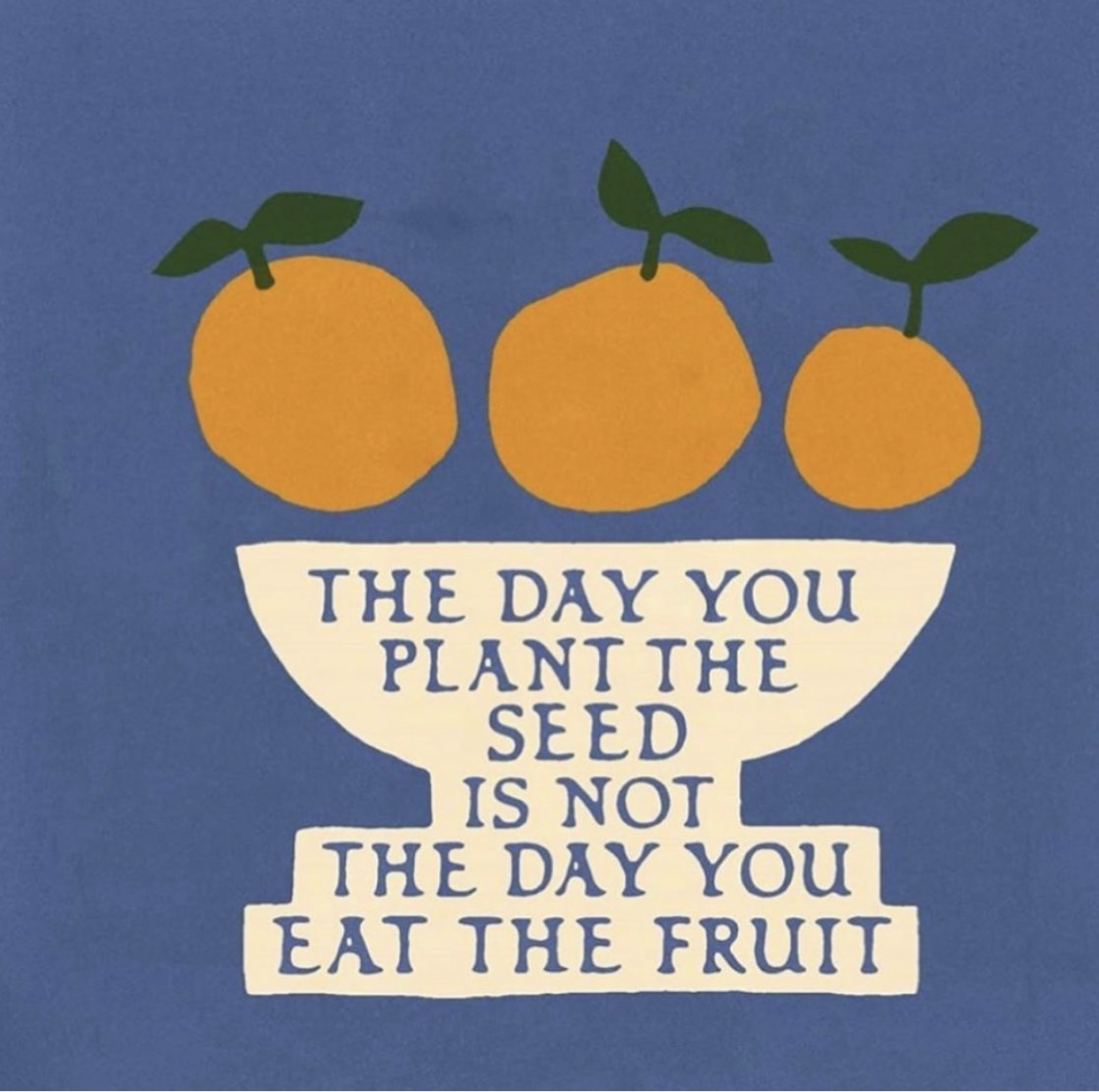
When one lets go of the outcome and is truly focused on the process of social and emotional learning, it is far less stressful for both/all parties.
As your child is learning, help them to make connections
(Using The Very Hungry Caterpillar as an example) ‘Oh, there’s a leaf! We jump in the leaves in autumn, don’t we? What color are they then? Are they green like this or are they a different color at that time of year? We’ve tasted that fruit, haven’t we? We eat pickles…We make cupcakes sometimes…There were caterpillars in the garden, weren’t there? You had your face painted as a butterfly…We saw a beautiful butterfly in the park…what did we notice about it?’ Link to what children already know, they love to ‘know’ things! Work to link the novel (new) with the known.
Add humor
As mentioned during our online chat, children remember more when learning is active, has meaning, and is sensorial. What adds even more to learning is humor, silliness, and fun.
Humour is underpinned by flexibility and abstraction and aids in the development of creative and critical thinking.
And children love it when you laugh together – it is bonding – and they will remember exactly when you were funny and silly and went ‘off-piste’. Don’t be frightened to do this. At this time, some light-hearted humor is much needed!

Please bear in mind that there is no right or wrong with social and emotional learning.
Make room for choice
We do not need to attempt to use every book for learning. This is an opportunity for us to engage in the wonder of a story with children, to enter into their world of exploration, not to begin to turn stories into tools of teaching. As we model a genuine process of inquiry with a couple of books, gently asking whether the child would like to ‘jump off’ at different points, we provide them with choice, autonomy, and agency on their learning journey.
And we do not have to use every page or explore every idea. Your child may initiate a line of inquiry that leads you both down a different path to the one you’d envisaged.
Joyfully walk that path, learning as you go, knowing that there will be countless opportunities to share knowledge with your child.
What you’ll find is, that more often than not, there is no need to cajole or pressure children into exploration. If we model interesting learning processes often, if we really engage on their level and enthusiastically enter into play, children will spontaneously begin to act in the very same way themselves.
End on a high note
In this way, children will want to revisit learning with you again and again. As you finish engaging, focus on what they’ve learned and what they know. Confidence is built through episodes of competence. As we recognize children’s competence and encourage them, they, in turn, develop confidence. To encourage literally means to give courage so give children courage for the next activity each time you finish interacting with them.
Jennifer Berke writing about the late Bev Bos for Community Playthings (2016) discusses Bos’s approach to books, ‘Although we should strive to read high-quality literature with children, the focus is not just on the content contained within the pages…In fact, Bev never thought it was important to finish a story. If a child wants to stay on the first page of a book, showing full engagement and asking a host of questions, then that is perfectly acceptable. It is a rich conversation that is important.’
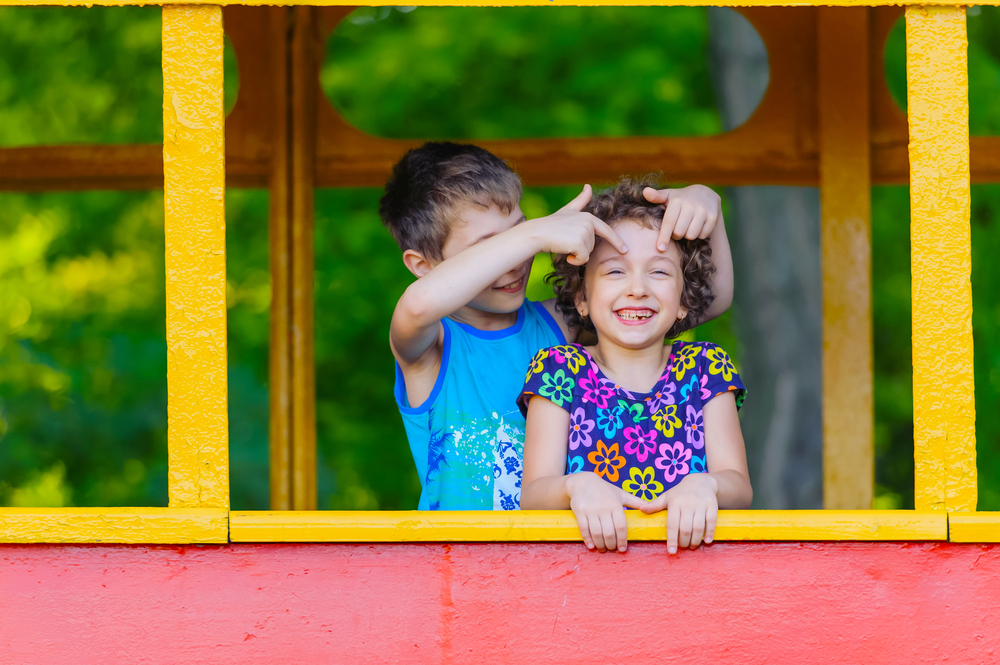
Link to what children already know, they love to ‘know’ things!
Prepare the Environment
An important Montessori principle is a prepared environment, where practitioners work to ensure that the environment provides the children with the resources they need to learn. We can do this by swapping toys and books around in the evening, leaving out something we know the children will enjoy doing or adding fresh activities to their learning space in preparation for the day ahead.
We tend to think about the prepared environment in terms of layout and practical resources but part of the preparation is to look within and to prepare ourselves to be joyful, open, and flexible in our thinking and agenda. Remember that children are driven to learn, and we are their facilitators, their learning partners.
Let’s take it one day at a time. If you experienced a day fraught with difficulties, try to leave it behind and begin the next day anew.
The cocoon phase in The Very Hungry Caterpillar is particularly relevant in terms of social and emotional learning at this time. The quiet, the change, the waiting…and the emergence of a new creature. Even with older children, this can be used to discuss the difficulties of this time, and how it feels to be ‘cocooned’ and shut away from the world. We can talk about how we cannot know when this waiting will end, but we can use the time to grow and to change…we can emerge from this time with a new approach, a different life, and can create something of beauty.
Please bear in mind that there is no right or wrong with social and emotional learning. If we adopt a right and wrong approach, the children will not share what they really feel with us, rather they will consider what it is they think we’d like to hear and tell us that!
Social and emotional learning is not an exercise in preaching but rather an opportunity to foster open, honest discussion about emotions, and the exploration of them.
Be accurate with your language
When we consider accuracy in terms of emotional language, we can reflect on our constant use of words like, ‘sad, happy, and cross’ with children when they are perhaps despondent, despairing, lonely, excited, ecstatic, agitated, frustrated or furious. The words that we provide them, at times, do not even begin to do justice to the emotions they feel. Margot Sunderland in Using Story Telling as a Therapeutic Tool with Children says, ‘parent-child, teacher-child or counselor-child communications about feelings when only everyday language is used, are likely to be impoverished’.
As we read and take in stories with their rich use of metaphors and imagery that aid in visualization, we can begin to take the opportunity to build a vast emotion-based vocabulary. The use of metaphor, along with descriptive, accurate language will help children to develop the ability to recognize their own emotions and those of others, and to communicate their feelings effectively, pinpointing exactly where they are located on the emotional map. Take a look at the emotion word wheel to further reflect on our, often limited, emotional vocabulary.
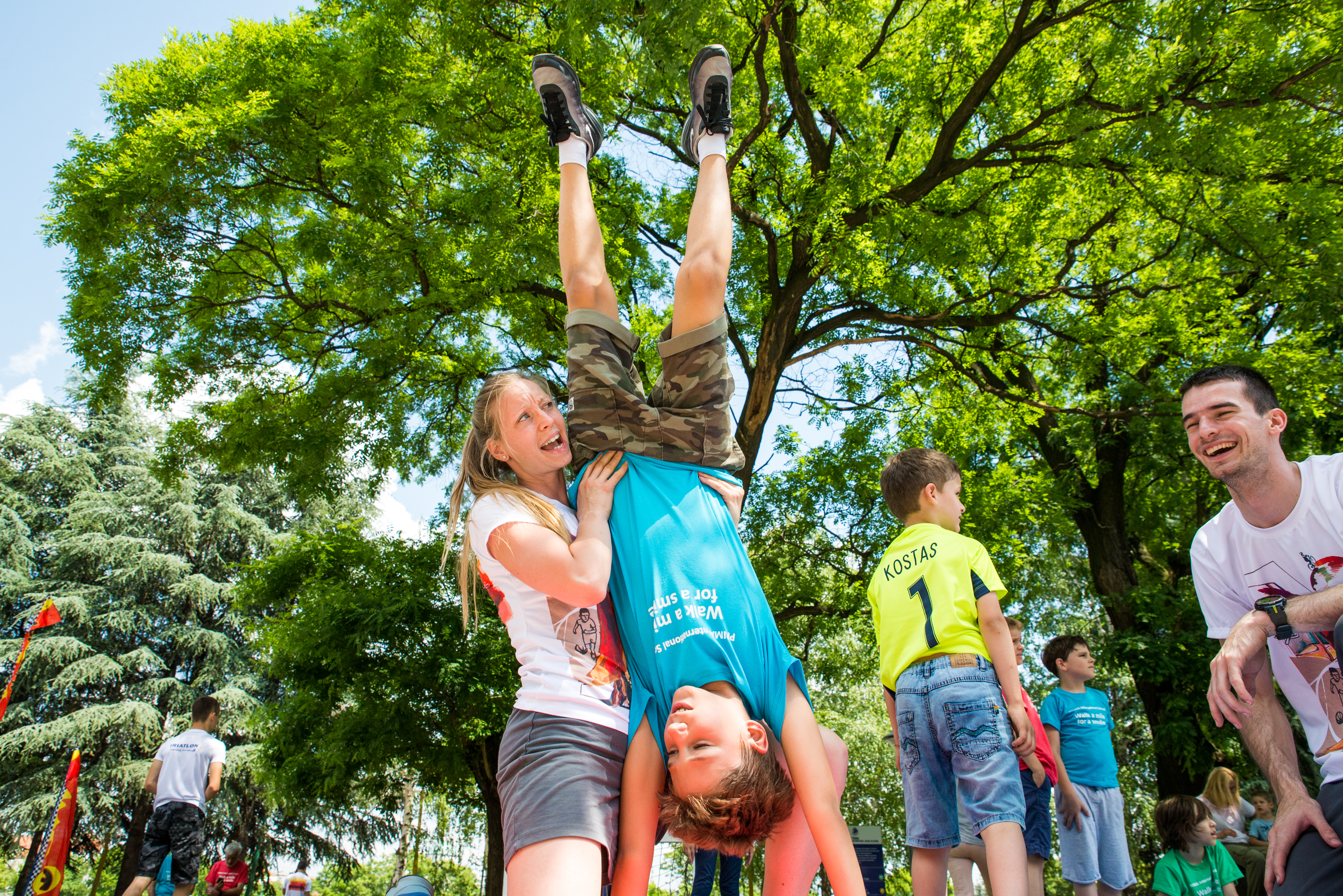
Joyfully walk that path, learning as you go, knowing that there will be countless opportunities to share knowledge with your child.
Embrace play
Play is a children’s science. As children play, they are experimenting, investigating, hypothesizing, inventing and re-inventing, in fact, there are too many processes (on both a cognitive and an affective level) that occur simultaneously as children play to mention here. Trust that these processes are happening. There are also hormones such as oxytocin that are released as children are engaged, which work to calm and soothe them. Children’s play is their work so try not to be dismissive about it.
As we work, let’s try to keep in mind that we’re part of a global community. Yes, each one of us is unique, but we are also similar in our feelings and our struggles. Keep on connecting, communicating, and reaching out for help and advice. And remember that you do not need to know it all. After all, no-one does.
As we continue to facilitate our children’s learning journey, and our own, let’s craft a story full of faith in their abilities, hope for the future, and wonder at all there is to know.
Once upon a time…
About the author: Helen Lumgair holds a BA (Hons) in Early Years Teaching, a Montessori International Diploma, and is a Feuerstein Instrumental Enrichment Mediator. More recently, Helen created and authored a narrative based early years curriculum with an emphasis on developing empathy in the lives of young learners for the global NGO Think Equal. Helen is an education advisor to the literary resource Tales Toolkit and is part of the oversight team of the Sure Starts Children’s Centre in Tanzania.



